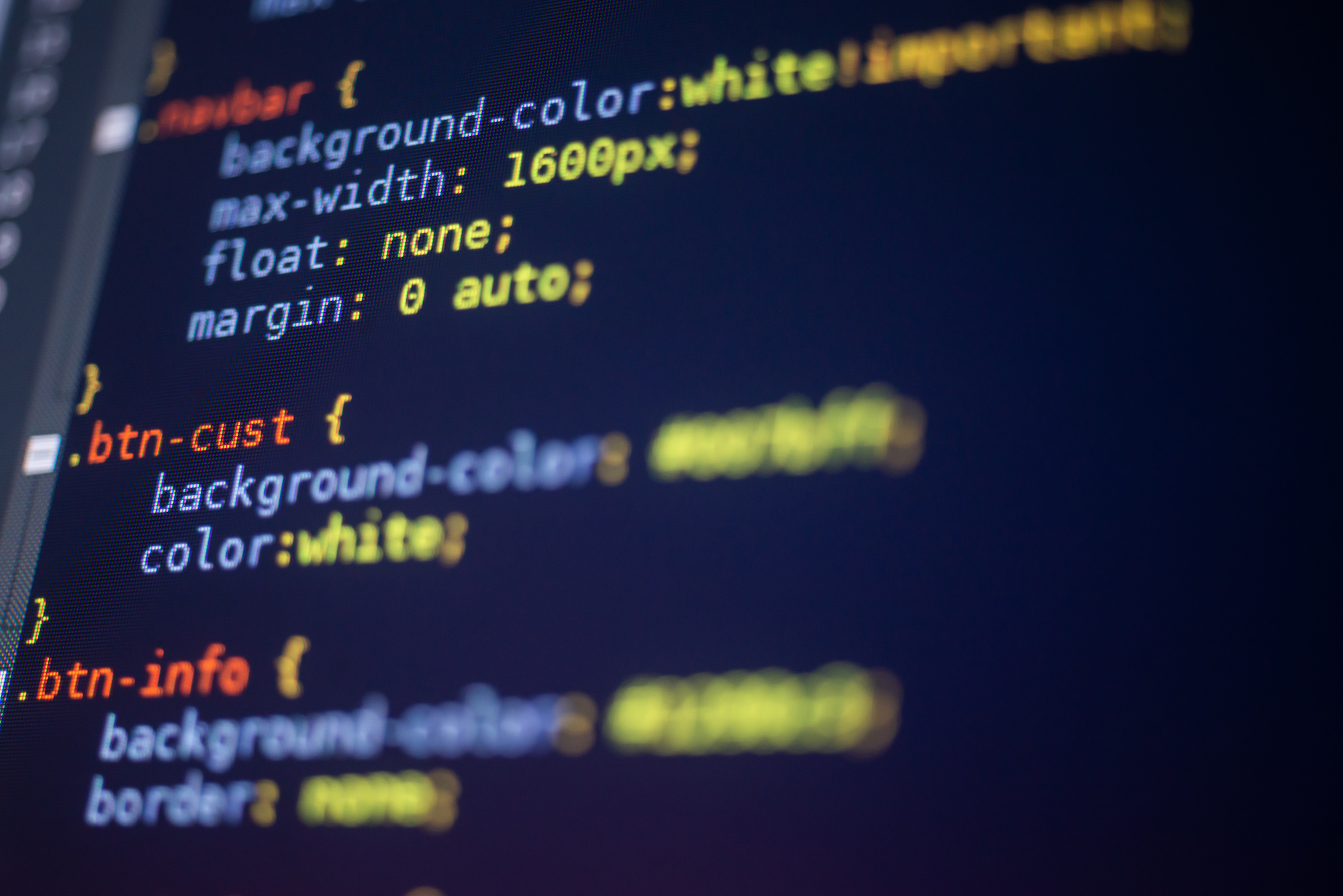How to Set a Background Image in CSS
By Marlin
Published June 19, 2023
 How to Set a Background Image in CSS
How to Set a Background Image in CSS
In the realm of web development, there's a lot to unpack, especially when it comes to visual aesthetics. A key feature in creating captivating, engaging, and visually pleasing web pages is the effective use of background images. As trivial as it may sound, setting a background image using CSS (Cascading Style Sheets) forms the bedrock of many stunning websites. So, let's embark on this journey of understanding how to set a background image in CSS.
Introduction to CSS Backgrounds
When we talk about backgrounds in CSS, we're essentially referring to a mix of properties that influence the background of an HTML element. These can include:
- Background color
- Background image
- Whether the image is repeated and how
- The positioning of the image
- How the image size relates to the element size
For this guide, we'll focus on background images and how to incorporate them into your web pages for maximum impact.
Step-by-Step Guide: Setting a Background Image with CSS
In CSS, setting a background image involves using the background-image property. Let's look at how this works.
1. Specify the Background Image
The first step is to specify the image to be used as the background. The background-image property is used for this purpose, and it requires the URL of the image in the following format:
body {
background-image: url("image.jpg");
}
This will set the image named 'image.jpg' as the background for the body of the webpage. The image file should be located in the same directory as the CSS file. If the image is located elsewhere, you'll need to specify the correct path to the image file.
2. Control Image Repetition
By default, the background image will repeat to cover the entire HTML element. The background-repeat property is used to control this repetition.
body {
background-image: url("image.jpg");
background-repeat: no-repeat;
}
The no-repeat value prevents the image from repeating. Other values you can use include repeat-x (horizontal repetition), repeat-y (vertical repetition), and repeat (default value, repeating in both directions).
3. Position the Image
The background-position property allows you to control where the image is positioned within the element. This is particularly useful when the image isn't repeating.
body {
background-image: url("image.jpg");
background-repeat: no-repeat;
background-position: right top;
}
In this example, the image is positioned at the top right corner of the body element. Other values you can use include left, center, and bottom, as well as specific pixel or percentage values.
4. Adjust the Image Size
The background-size property allows you to control the size of the background image. The most common values used are contain (resize the image to fit inside the element while maintaining its aspect ratio) and cover (resize the image to cover the entire element while maintaining its aspect ratio).
body {
background-image: url("image.jpg");
background-repeat: no-repeat;
background-position: right top;
background-size: cover;
}
In this example, the cover value resizes the image to cover the entire body of the webpage.
5. Use Shorthand for Efficiency
Once you're familiar with the individual properties, you can use the shorthand background property to specify all the background properties in one line.
body {
background: url("image.jpg") no-repeat right top / cover;
}
This will have the same effect as the previous example, but written more efficiently. The / is used to separate the background-position and background-size properties.
Now that you have the foundation for setting background images in CSS, it's time to get creative. Experiment with different images, positions, and sizes to see how they transform your webpage's aesthetic appeal.
Frequently Asked Questions
How can I set a full-screen background image in CSS?
You can set a full-screen background image by applying the background-image property to the <body> tag and using background-size: cover; to resize the image to cover the entire screen.
How do I stop a background image from repeating in CSS?
Use the background-repeat: no-repeat; property to prevent a background image from repeating.
Can I use an external image URL as a background image in CSS?
Yes, you can use an external image URL as a background image. Just place the URL inside the url() function like so: background-image: url("http://example.com/image.jpg");
How can I position my background image to a specific spot?
Use the background-position property to position your background image. You can use keyword values (top, bottom, left, right, center) or exact coordinates (in px, em, %, etc.).
Can I use gradients as a background in CSS?
Yes, CSS allows you to create a gradient that you can use as a background image. Use the linear-gradient() or radial-gradient() function as the value of the background-image property.
Mastering CSS properties, especially background images, empowers you to create visually appealing, engaging, and unique websites. Keep practicing, experimenting, and developing your skills. In no time, you'll be creating masterpieces on the web canvas!